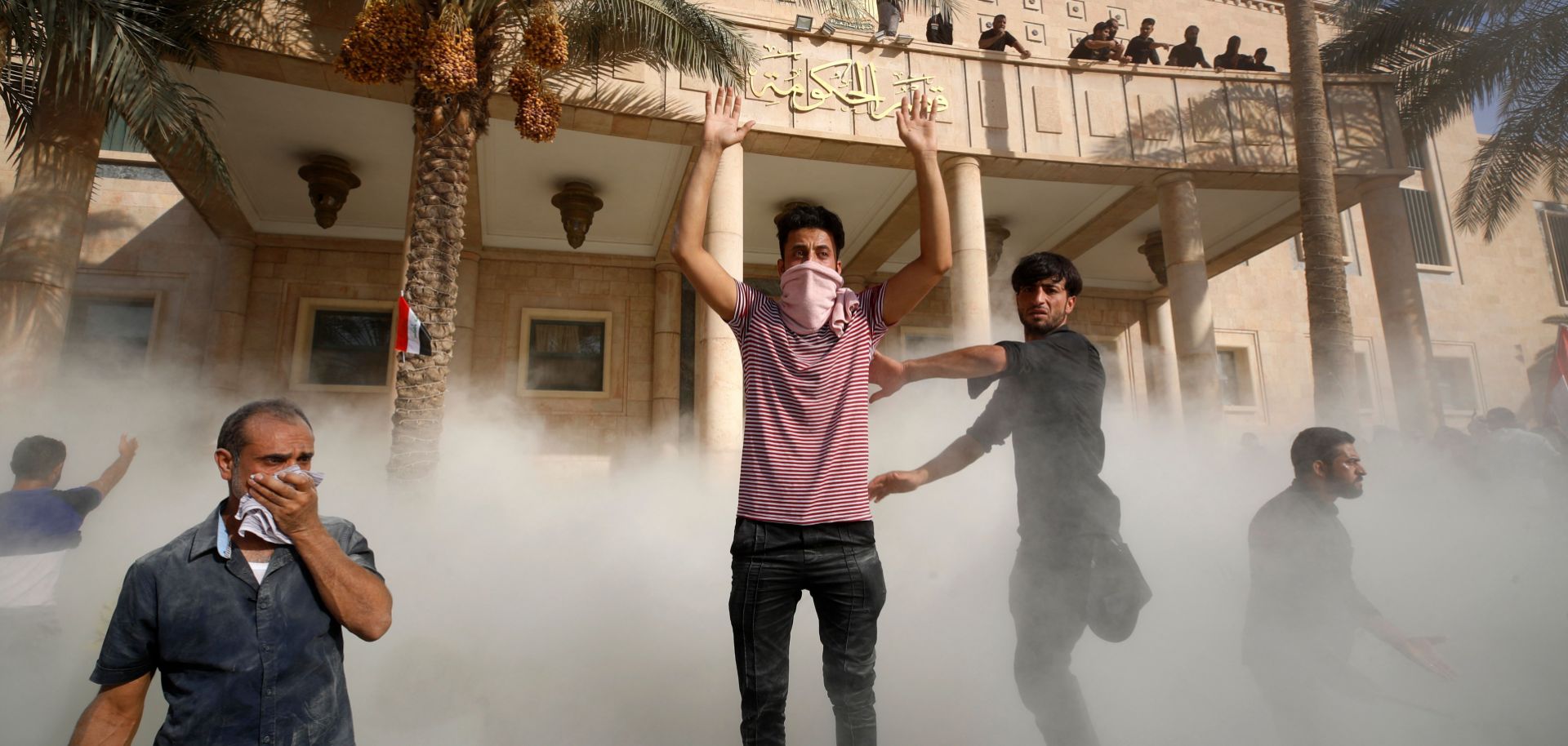The recent violence in Baghdad will add greater impetus among stakeholders in Iraq, including Iran, to finally resolve the country's nearly year-long political crisis. But Iraq's feuding Shiite factions are unlikely to reach a compromise anytime soon, portending more militia violence and unruly protests that could eventually disrupt the country's vital oil exports. At least 30 people were killed and 700 wounded in clashes in Baghdad on Aug. 29 and 30, marking the bloodiest episode of unrest the Iraqi capital has seen in recent years. The violence erupted after influential Shiite cleric Muqtada al-Sadr unexpectedly announced that he was stepping down from politics on Aug. 29, prompting confusion and anger among his millions of followers. In Baghdad, al-Sadr's supporters took to the streets, where they clashed with supporters of the rival Shia Coordination Framework (SCF). Sadrist protesters then escalated their demonstrations by storming the presidential palace in Baghdad's Green Zone,...

